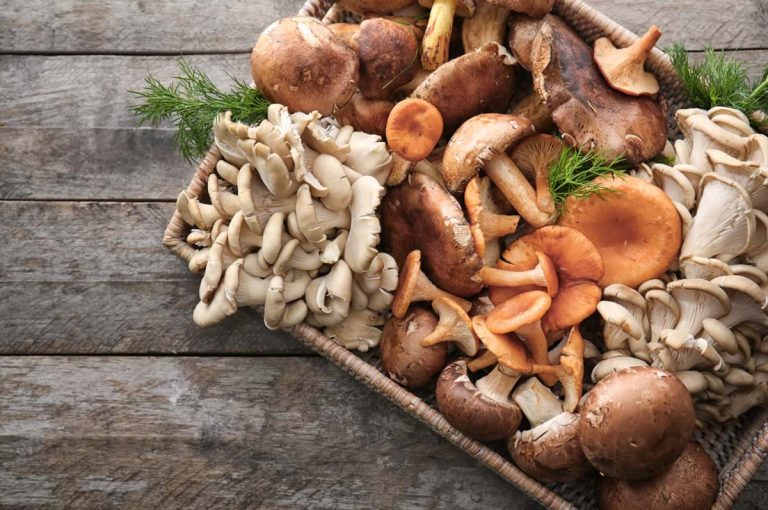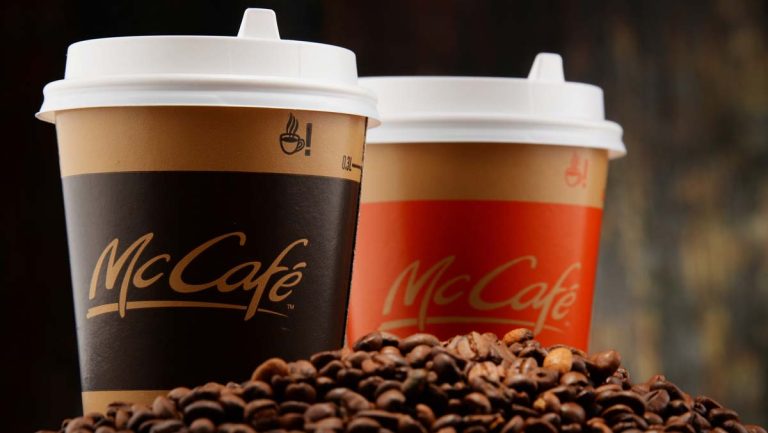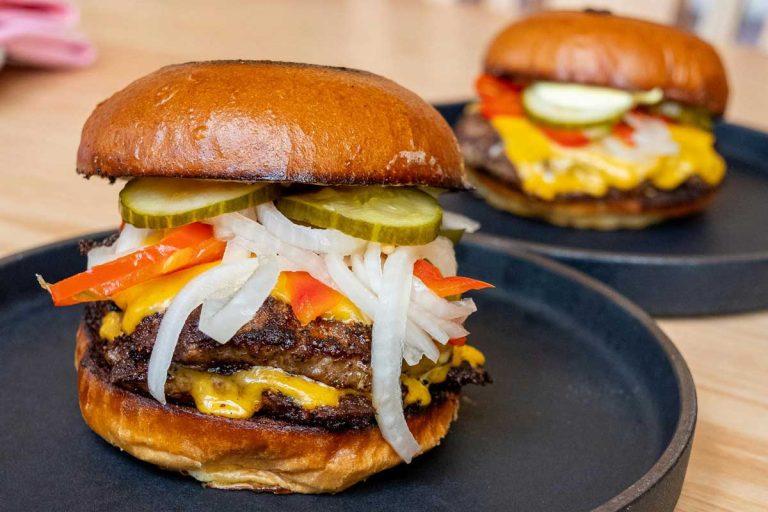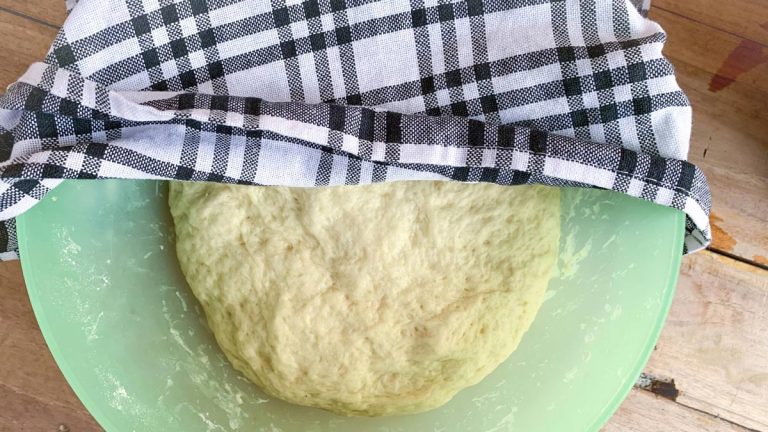Can You Put Cardboard in the Oven?
A typical common question that often arises, especially when cooking or reheating pizza, is, can you put cardboard in the oven? Many people are tempted to place pizza on cardboard directly into the oven, thinking it might be a convenient and mess-free solution. However, the safety of using cardboard in the oven is a critical consideration.
While it may seem harmless, the reality is that using cardboard in this way can pose serious risks. In this article, we’ll explore whether cardboard is safe to use in the oven, what happens if you do, and the best alternatives to ensure your food is cooked safely.
Why Consider Putting Cardboard in the Oven
Many people consider using cardboard in the oven for its perceived convenience, especially when it comes to pizza. A common scenario is reheating pizza in its box, with the assumption that placing the pizza on cardboard will make the process easier and cleaner.
Some might think that it’s safe to cook pizza on cardboard, believing that since the pizza arrives in the box, it’s fine to leave it on the cardboard during the reheating process.
Another reason people might opt to use cardboard in the oven is the need for a proper baking tray. In a pinch, cardboard might seem like a quick, makeshift solution to hold food while it cooks. This idea is incredibly tempting when dealing with larger items like pizzas or baked goods that may seem too big for a regular tray.
However, while these practices might seem convenient, they can be risky. In the following sections, we’ll explore the potential hazards and why cardboard is not the best choice for oven use.
The Dangers of Putting Cardboard in the Oven
While using cardboard in the oven might seem convenient, it comes with significant risks that can compromise both the safety and the quality of your food. Here’s why you should avoid putting cardboard in the oven:
Fire Hazard
Cardboard is highly flammable, making it a serious fire hazard when exposed to the high temperatures of an oven. Typically, cardboard ignites at around 427°F (220°C). Even if the oven is at a lower temperature, there’s still a risk that the cardboard could catch fire, especially if it’s in direct contact with heating elements or exposed to prolonged heat.
The fire risk increases further if the cardboard is thin or exposed to grease or oils, which accelerates combustion. This danger alone is a solid reason to avoid using cardboard in the oven.
Chemicals
Many cardboard materials, especially those used in packaging like pizza boxes, are printed with inks or coated with chemicals to improve durability and appearance. When exposed to heat, these chemicals can break down and emit toxic fumes, which can be harmful if inhaled.
Additionally, these chemicals might leach into your food, posing health risks if consumed. Even uncoated cardboard can contain adhesives and other additives that aren’t safe when heated.
According to the Food Packaging Forum, pizza boxes contained mineral oils, phthalates, bisphenol A (BPA, CAS 80-05-7), and nonylphenol. These chemicals are known or suspected to disrupt the endocrine system or contribute to cancer.
Unsafe for Food
Using cardboard in the oven can also have a detrimental effect on the food you’re preparing. Cardboard cannot withstand high temperatures, which means it can easily warp or degrade, especially when exposed to moisture from food.
As a result, cooking pizza on cardboard or any other food item can affect the food’s texture and taste. The cardboard can absorb moisture, leading to a soggy base, or it could impart an unpleasant, papery taste to your food.
In some cases, the cardboard could even stick to the food, making it difficult to remove and leaving behind bits of paper that are unsafe to ingest.
Putting cardboard in the oven presents a range of dangers, from fire hazards and chemical emissions to compromising the quality of your food. Recognizing these risks and opting for safer alternatives when cooking or reheating food can make all the difference to your health.
What Happens If You Cook Pizza on Cardboard?
Cooking pizza on cardboard might seem like a quick solution, but it introduces several issues that can affect both the safety and quality of your meal. Here’s what happens when you cook pizza on cardboard:
Uneven Heat Distribution
When you cook pizza on cardboard, it can lead to an imbalance in your cooking. Cardboard does not conduct heat efficiently, which means that the heat distribution across the pizza can be inconsistent. This imbalance results in some areas of the pizza being undercooked while others may be overcooked. The lack of a proper heat-conducting surface can prevent the pizza from achieving a crispy crust and evenly melted cheese, diminishing the overall quality of the pizza.
Soggy Crust
Another major problem with cooking pizza on cardboard is the development of a soggy crust. As the pizza cooks, moisture from the toppings and sauce is absorbed by the cardboard. Cardboard is porous and can become damp, which leads to a wet and mushy crust. This moisture absorption affects the texture and can make the pizza less tasty and enjoyable.
Safety Concerns
Cardboard can catch fire at high temperatures, as discussed earlier, creating a serious fire hazard in your oven. Additionally, the heat can cause the cardboard to release harmful chemicals into the air and potentially into your food. These chemicals may include residues from inks, coatings, or adhesives, which can pose health risks if ingested.
Cooking pizza on cardboard is not advisable due to the potential for uneven cooking, a soggy crust, and serious safety concerns. Use oven-safe materials like baking sheets or pizza stones to ensure safety and achieve the best results.

Safer Alternatives than Cardboard
When cooking or reheating pizza, opting for safer alternatives to cardboard can significantly enhance both the safety and quality of your meal. Here are three recommended alternatives:
Baking Sheet
A baking sheet is a versatile and reliable option for cooking pizza. It provides a flat, heat-resistant surface that ensures even cooking and prevents sogginess. To use a baking sheet, simply preheat your oven to the desired temperature, place the pizza directly on the sheet, and bake according to the recipe or package instructions.
For added convenience, you can line the baking sheet with aluminum foil or a silicone mat to make cleanup easier. This method ensures that your pizza cooks evenly, achieving a crispy crust without any risk of fire or chemical exposure.
Parchment Paper
Parchment paper is another excellent choice for oven cooking. It acts as a non-stick barrier between your food and the baking surface, which can help maintain a crispy crust while preventing sticking. Parchment paper is heat-resistant up to around 450°F (230°C), making it suitable for most baking and cooking needs.
To use parchment paper, cut a sheet to fit your baking tray or oven rack, place it on the surface, and then set your pizza on top. While parchment paper helps prevent food from sticking and simplifies cleanup, it should not be used for extremely high temperatures or under broilers, as it can burn.
Pizza Stone
A pizza stone is considered one of the best tools for achieving a perfectly cooked pizza. It absorbs and retains heat, providing a consistent cooking surface that helps create a crispy, evenly cooked crust.
To use a pizza stone, place it in a cold oven and preheat the oven to the desired temperature, allowing the stone to heat up gradually. Once preheated, transfer your pizza onto the stone using a pizza peel or another flat surface. Bake as instructed.
The stone’s porous surface helps wick away moisture, which is key to avoiding a soggy crust. Additionally, a pizza stone can be used for other baked goods like bread and pastries, making it a versatile kitchen tool.
Baking sheets, parchment paper, and pizza stones are safer and more effective alternatives to cooking pizza on cardboard. Each option offers unique benefits, ensuring a better cooking experience while maintaining safety in the kitchen.
Myths About Using Cardboard in the Oven
Several myths and misconceptions surround the use of cardboard in the oven, leading many to believe it’s a safe or practical option.
Myth 1: Using Cardboard at Low Temperatures is Harmless
One common myth is the assumption that using cardboard at low temperatures is harmless. Some people think that as long as the oven is below the ignition point of cardboard, it’s safe to reheat or cook food on it. However, even at lower temperatures, cardboard can become brittle, release harmful chemicals, or warp, compromising the quality of your food and posing significant safety risks.
Myth 2: Cooking Pizza on Cardboard is Safe
Another misconception is the belief that because pizza often arrives in a cardboard box, it’s safe to cook pizza with cardboard in the oven. While the box is fine for transportation, it cannot withstand the sustained heat of an oven. The risk of fire, chemical leaching, and damage to both the food and oven remains, regardless of how sturdy the cardboard might seem.
Myth 3: Foil or Parchment Paper Makes It Safer
Finally, some people believe placing foil or parchment paper between the cardboard and the oven rack can make it safer. While these materials may add a layer of protection, they do not eliminate the underlying risks associated with heating cardboard.
Final Thoughts
In summary, using cardboard in the oven is a risky practice that can lead to fire hazards, chemical exposure, and poor cooking results. While cooking or reheating pizza on cardboard might seem convenient, the dangers far outweigh any perceived benefits. Instead, choose safer alternatives like baking sheets, parchment paper, or pizza stones to cook your food evenly and safely.
Explore our other pizza-related articles, like “Does Pizza Dough Go Bad“, for more cooking safety tips and advice. Staying informed can help you avoid common kitchen mistakes and make your cooking experience safer and more enjoyable.
Frequently Asked Questions
Can I Reheat Pizza in Its Box?
No, it is not safe to reheat pizza in its box. Cardboard is flammable and can easily catch fire when exposed to the high heat of an oven. Additionally, the inks and coatings on the box can release harmful chemicals when heated. It’s best to transfer your pizza to a baking sheet or pizza stone for reheating.
Is It Safe to Use a Pizza Box in the Oven at Low Temperatures?
Even at low temperatures, using a pizza box in the oven is unsafe. While the box might not ignite at lower temperatures, it can still warp, release chemicals, and affect the taste and texture of your food. Low heat doesn’t eliminate the risks associated with cardboard in the oven, so it’s advisable to avoid this practice altogether.
What Should I Do If I Accidentally Put Cardboard in the Oven?
If you accidentally put cardboard in the oven, remove it as soon as possible, but only if it is safe to do so. If the cardboard has not caught fire, carefully use oven mitts to take it out. If you notice smoke or smell burning, turn off the oven immediately and keep the door closed to smother any potential flames. Leave the oven door closed in case of a fire and call emergency services.







